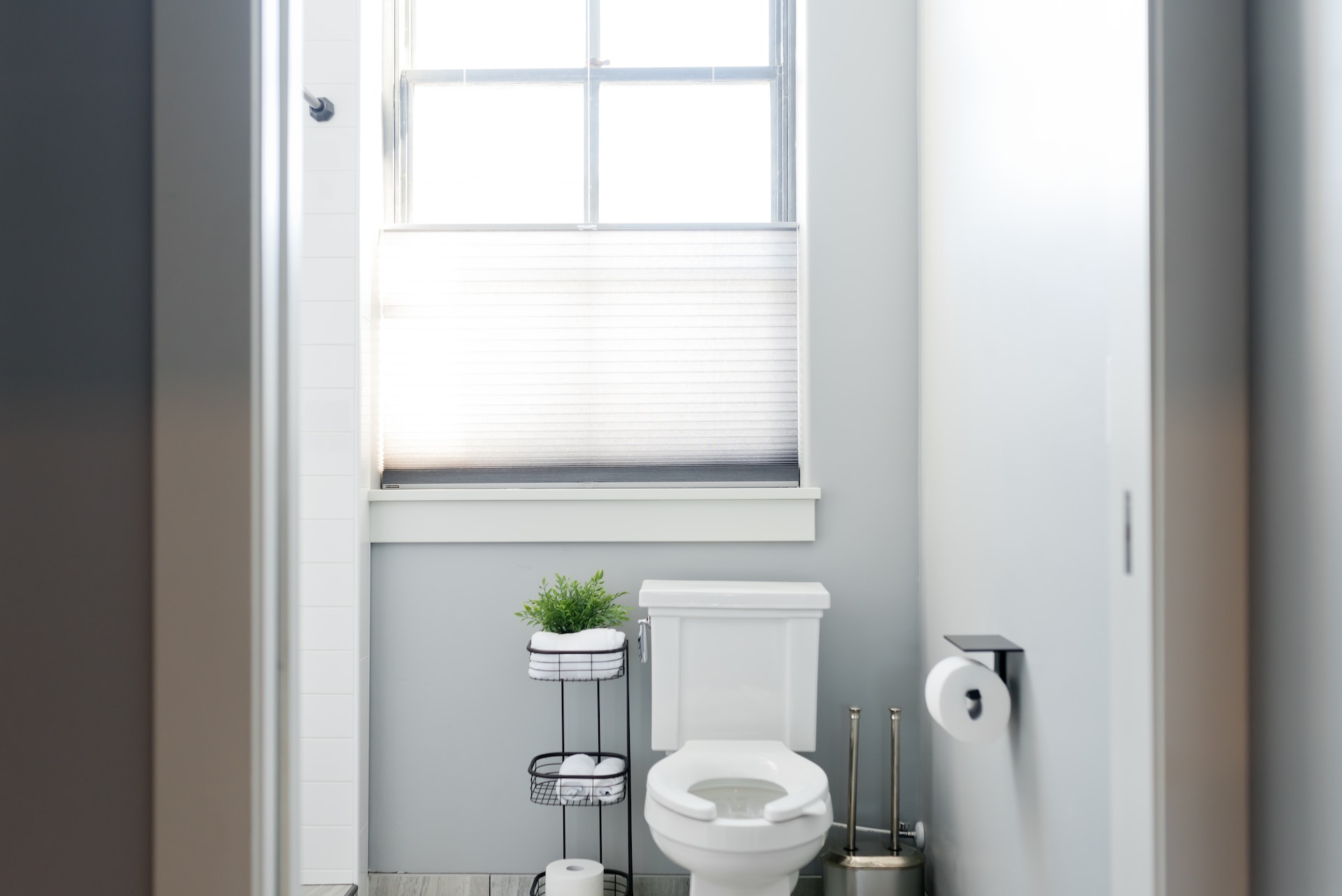

Articles
How Wide Is A Standard Toilet
Modified: January 6, 2024
Discover the standard width of a toilet in this informative article. Find out the ideal size for your bathroom and make an informed decision.
(Many of the links in this article redirect to a specific reviewed product. Your purchase of these products through affiliate links helps to generate commission for Storables.com, at no extra cost. Learn more)
Introduction
When it comes to selecting a toilet for your home or office, you might be surprised to learn that there are various dimensions and sizes to consider. One key measurement that often gets overlooked is the width of a standard toilet. Understanding the width of a standard toilet is essential for ensuring a comfortable and functional bathroom experience. In this article, we will delve into the topic of toilet width, discussing its dimensions, factors that affect it, its importance, and adherence to ADA guidelines.
Before we delve into the specifics, let’s first define what we mean by a “standard” toilet. A standard toilet refers to the most commonly used toilet size found in residential and commercial settings. While there can be some variations in dimensions among different toilet models, there is a generally accepted range that defines the standard toilet dimensions.
Now that we’ve clarified our understanding of a standard toilet, let’s explore the width of this essential bathroom fixture. The width of a standard toilet is typically determined by the width of its bowl. The bowl width is measured at its widest point, which is usually the outer edge of the bowl.
How wide is a standard toilet, you may wonder? On average, the width of a standard toilet bowl can range from 14 to 16 inches. This measurement refers to the distance between the outer edges of the bowl, excluding any additional features or attachments, such as bidet seats or handles.
It’s important to note that the width of a standard toilet can vary slightly depending on the brand, model, and design. Some toilets may have a narrower bowl width of around 12 inches, while others may have a wider bowl width of up to 18 inches.
The width of a standard toilet is influenced by several factors. One of the main factors is the available space in the bathroom. In smaller bathrooms or compact powder rooms, a narrower toilet with a smaller bowl width may be preferable to save space and avoid a cramped feeling.
Another factor that affects toilet width is the preference and comfort of the user. Some individuals may prefer a wider toilet bowl for added comfort, especially those with mobility or accessibility needs. Others may find a narrower toilet bowl more suitable for their body shape and size.
The width of a standard toilet also plays a vital role in ensuring compliance with the guidelines set by the Americans with Disabilities Act (ADA). These guidelines outline specific requirements for accessible toilets to accommodate individuals with disabilities comfortably. According to ADA regulations, the minimum bowl width for an accessible toilet is 16 to 18 inches.
In summary, the width of a standard toilet bowl typically falls within the range of 14 to 16 inches, with slight variations based on the specific model and design. Factors such as available space, user preference, and adherence to ADA guidelines all play a role in determining the appropriate width for a toilet. By understanding the dimensions and importance of toilet width, you can make an informed decision when selecting a toilet that best suits your needs and ensures a comfortable bathroom experience.
Key Takeaways:
- The width of a standard toilet bowl typically ranges from 14 to 16 inches, but factors like available space and user comfort influence the choice. Adhering to ADA guidelines ensures inclusivity for individuals with disabilities.
- Understanding the dimensions and importance of toilet width is crucial for selecting a toilet that meets your needs and ensures a comfortable bathroom experience. Consider user comfort, space utilization, and ADA guidelines when choosing a toilet.
Read more: How Wide Is A Standard Washer And Dryer
Dimensions of a Standard Toilet
When it comes to choosing a toilet for your bathroom, it’s important to have a clear understanding of the dimensions and measurements associated with a standard toilet. Knowing the various dimensions will help you ensure a proper fit and functionality in your space. In this section, we will explore the key dimensions of a standard toilet, including the height, width, and depth.
The height of a standard toilet typically ranges from 15 to 17 inches. This measurement refers to the height of the toilet bowl without the seat. It’s important to note that the height of a standard toilet can differ based on factors such as the model, design, and intended use. In recent years, there has been an increase in the popularity of comfort height toilets, which have a taller bowl height ranging from 17 to 19 inches. These taller toilets are designed to accommodate individuals with mobility issues or those who prefer a higher seating position.
The width of a standard toilet, as mentioned earlier, is primarily determined by the width of the toilet bowl. The bowl width typically falls within the range of 14 to 16 inches. However, it’s essential to consider the overall width of the toilet, including any additional features like tank width and protrusions, to ensure a proper fit in your bathroom space.
The depth of a standard toilet refers to the distance from the front of the bowl to the back of the tank. The depth can vary depending on the design and shape of the toilet. On average, the depth of a standard toilet falls within the range of 25 to 28 inches. It’s worth noting that space constraints in your bathroom might require you to consider toilets with a shallower depth.
In addition to these primary dimensions, there are other measurements to consider when choosing a toilet. The rough-in size is crucial as it determines the distance between the wall and the center of the toilet drain. The most common rough-in size is 12 inches, but other options like 10 inches and 14 inches are also available. Make sure to measure the rough-in size in your bathroom to ensure the toilet will fit properly.
Another dimension to consider is the seat height, which refers to the distance from the floor to the top of the seat. Standard seat heights range from 15 to 17 inches, but as mentioned earlier, comfort height toilets offer a taller seat height for added convenience.
Overall, understanding the dimensions of a standard toilet is essential for selecting the right toilet that meets your needs and fits your bathroom space. By considering the height, width, depth, rough-in size, and seat height, you can make an informed decision and ensure a comfortable and functional toilet in your home or office.
Width of a Standard Toilet
When it comes to the width of a standard toilet, it is primarily determined by the width of the toilet bowl. The width of a standard toilet bowl typically falls within the range of 14 to 16 inches. This measurement refers to the distance between the outer edges of the bowl, excluding any additional features or attachments.
It’s important to note that the width can vary slightly depending on the brand, model, and design of the toilet. Some toilets may have a narrower bowl width of around 12 inches, while others may have a wider bowl width of up to 18 inches.
The width of a toilet is influenced by several factors, including the available space in the bathroom and user comfort. In smaller bathrooms or compact powder rooms, a narrower toilet with a smaller bowl width may be preferable to save space and avoid a cramped feeling.
User comfort is another significant factor that can impact the choice of toilet width. Some individuals may prefer a wider toilet bowl for added comfort, especially those with mobility or accessibility needs. Others may find a narrower toilet bowl more suitable for their body shape and size.
When selecting a toilet, it’s crucial to consider the overall width of the toilet, taking into account any additional features or attachments. For example, if you plan to install a bidet seat or attach a handle, these can add to the overall width of the toilet.
Additionally, the width of a standard toilet is an important consideration for ensuring compliance with accessibility guidelines, such as those set by the Americans with Disabilities Act (ADA). According to ADA regulations, the minimum bowl width for an accessible toilet is 16 to 18 inches. These guidelines are in place to ensure that individuals with disabilities can comfortably use the facilities.
Overall, the width of a standard toilet is a crucial factor to consider when choosing a toilet for your bathroom. It is determined by the width of the toilet bowl and is influenced by factors such as available space, user comfort, and adherence to accessibility guidelines. By carefully considering these factors, you can select a toilet with the appropriate width that provides both comfort and functionality in your bathroom.
Factors Affecting Toilet Width
When it comes to the width of a toilet, several factors can influence the size and dimensions of the toilet bowl. Understanding these factors will help you make an informed decision when selecting a toilet that suits your needs and bathroom space. Here are some of the key factors that affect toilet width:
- Available Space: One of the most significant factors that affect toilet width is the available space in your bathroom. If you have a small or compact bathroom, you may need to opt for a narrower toilet to ensure that it fits comfortably in the space without appearing cramped.
- User Comfort: User comfort is another crucial aspect that influences toilet width. Some individuals may prefer a wider toilet bowl for added comfort, especially those with broader hips or mobility issues. On the other hand, individuals with a smaller body frame may find a narrower toilet bowl more comfortable.
- Overall Bathroom Design: The overall design of your bathroom can also impact the choice of toilet width. If you have a contemporary or minimalist-style bathroom, a sleek and narrow toilet may complement the design aesthetic. Alternatively, if you have a larger bathroom with ample space, you may opt for a wider toilet bowl to create a more substantial presence.
- Accessories and Attachments: Another factor to consider is the inclusion of accessories or attachments on the toilet. Additional features like bidet seats, handlebars, or storage shelves can widen the overall profile of the toilet. It is essential to take into account these attachments when considering the width of the toilet to ensure a proper fit.
- Building Codes and Guidelines: Building codes and guidelines, such as those set by the Americans with Disabilities Act (ADA), can also dictate the minimum width required for accessible toilets. ADA guidelines specify that the minimum bowl width for an accessible toilet should be between 16 to 18 inches to accommodate individuals with disabilities comfortably.
Considering these factors will help you determine the appropriate width for your toilet based on your specific needs, preferences, and space limitations. It’s important to strike a balance between user comfort, available space, and adherence to accessibility guidelines to ensure a functional and comfortable bathroom experience.
The standard width of a toilet is typically around 14 to 15 inches, but it can vary depending on the specific model and design. When measuring for a new toilet, be sure to account for the space needed for installation and any additional features.
Importance of Toilet Width
The width of a toilet may seem like a minor detail, but it plays a significant role in both the functionality and comfort of the bathroom experience. Understanding the importance of toilet width will help you make informed decisions when choosing a toilet for your home or office. Here are some key reasons highlighting the importance of toilet width:
- User Comfort: Comfort is paramount in the bathroom, and the width of the toilet bowl directly impacts user comfort. A wider toilet bowl provides more space for individuals, allowing for a more relaxed and comfortable seating position. This is especially important for individuals with mobility issues, pregnant women, or those with broader hips who may require additional space.
- Avoiding Cramped Feel: A bathroom should provide a sense of openness and comfort, and a narrow toilet bowl can make the space feel cramped. By selecting a wider toilet, you can create a more spacious and inviting atmosphere in your bathroom, even if it’s a smaller or compact space.
- Accommodating Different Body Types: Every individual has a unique body shape and size, and a one-size-fits-all approach may not provide optimal comfort. By choosing a wider toilet bowl, you can accommodate a wider range of body types and ensure that everyone using the bathroom has a comfortable experience. This consideration is particularly important in shared spaces or commercial settings.
- Suitable for Special Needs: Individuals with disabilities or mobility limitations may require extra space and support when using the toilet. A wider toilet bowl provides the necessary room for mobility aids, such as transfer benches or portable commode chairs. It also adheres to accessibility guidelines, such as those set by the Americans with Disabilities Act (ADA), to ensure that all individuals can use the restroom comfortably.
- Enhanced Hygiene: A wider toilet bowl can make it easier to maintain proper hygiene in the bathroom. With additional space, it becomes less likely for individuals to come into contact with the sides of the bowl, minimizing the risk of accidental splatters or unsanitary conditions.
By considering the importance of toilet width, you can create a more comfortable and functional bathroom space that caters to the needs of all individuals. Whether it’s providing ample space for users, adhering to accessibility guidelines, or enhancing overall hygiene, the width of a toilet plays a pivotal role in ensuring a positive bathroom experience.
Read more: How Wide Is A Standard Patio Door
ADA Guidelines for Toilet Width
The Americans with Disabilities Act (ADA) has established specific guidelines to ensure that individuals with disabilities have equal access to public facilities, including restrooms. These guidelines include requirements for toilet width to ensure comfortable and accessible toilet accommodations. Here are some key ADA guidelines for toilet width:
- Minimum Width: According to ADA standards, the minimum width for an accessible toilet is 60 inches. This measurement refers to the total width of the space allocated for the toilet, including any partitions or walls.
- Bowl Width: ADA guidelines specify that the minimum bowl width for an accessible toilet should be between 16 to 18 inches. This ensures that individuals with disabilities have enough space to sit comfortably and maneuver, accommodating a variety of body types and mobility aids.
- Clear Space: In addition to the toilet bowl width, ADA guidelines outline the requirement for clear space on each side of the toilet. There should be a minimum of 9 inches of clear space on one side and 18 inches on the other side to allow for lateral transfers and positioning of mobility aids.
- Side Grab Bars: ADA guidelines also recommend the installation of side grab bars near the toilet to provide support and stability for individuals with disabilities. These grab bars should be placed at a height of 33 to 36 inches above the floor and extend at least 12 inches beyond the front edge of the toilet seat.
- Protruding Objects: To prevent accidents and ensure accessibility, ADA guidelines specify that objects, such as toilet paper dispensers or waste receptacles, should not protrude into the clear space around the toilet. Any objects mounted on the walls should be placed at a height of 48 inches or higher.
These ADA guidelines for toilet width are designed to ensure that individuals with disabilities can use restrooms autonomously and comfortably. The minimum bowl width, clear space requirements, and installation of side grab bars all contribute to creating an accessible environment for individuals with diverse needs.
It’s important to note that ADA guidelines apply to public restrooms and facilities. While these guidelines are not mandatory for residential properties, incorporating them into the design of accessible bathrooms can greatly enhance usability and inclusivity.
By adhering to ADA guidelines for toilet width, public facilities can promote equal access and provide a dignified experience for individuals with disabilities. These guidelines play a crucial role in creating inclusive spaces that accommodate the diverse needs of all individuals.
Conclusion
The width of a standard toilet is an important aspect to consider when selecting a toilet for your bathroom. Understanding the dimensions, factors that affect width, and the importance of adhering to guidelines like the Americans with Disabilities Act (ADA) ensures a comfortable and functional bathroom experience for all.
The width of a standard toilet bowl typically falls within the range of 14 to 16 inches, although there can be some variations depending on the brand, model, and design. Factors like available space and user comfort influence the choice of toilet width. In smaller bathrooms, a narrower toilet may be preferred to save space, while individuals with mobility or accessibility needs may opt for a wider toilet bowl for added comfort.
Compliance with ADA guidelines is crucial for creating accessible and inclusive restroom facilities. ADA guidelines specify a minimum bowl width of 16 to 18 inches for accessible toilets, along with clear space requirements and the installation of side grab bars. Adhering to these guidelines ensures that individuals with disabilities can use restroom facilities comfortably and independently.
In conclusion, the width of a standard toilet is not just a mere detail, but a significant factor that impacts user comfort, space utilization, and accessibility. By understanding the dimensions, considering factors that affect width, and adhering to ADA guidelines, you can select a toilet that meets your needs, provides comfort, and ensures inclusivity for all individuals using your bathroom. So, the next time you embark on the journey of choosing a toilet, remember to pay attention to the width for a well-rounded and enjoyable bathroom experience.
Frequently Asked Questions about How Wide Is A Standard Toilet
Was this page helpful?
At Storables.com, we guarantee accurate and reliable information. Our content, validated by Expert Board Contributors, is crafted following stringent Editorial Policies. We're committed to providing you with well-researched, expert-backed insights for all your informational needs.
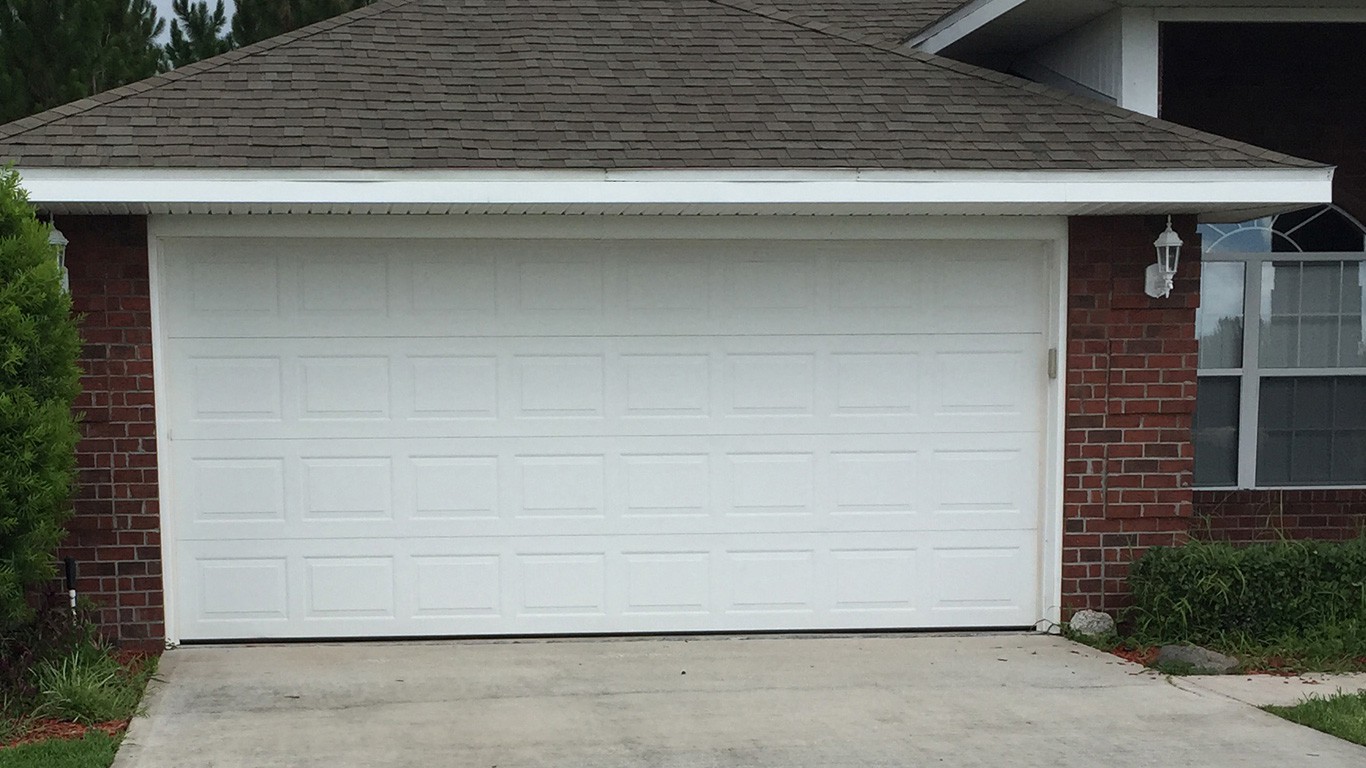

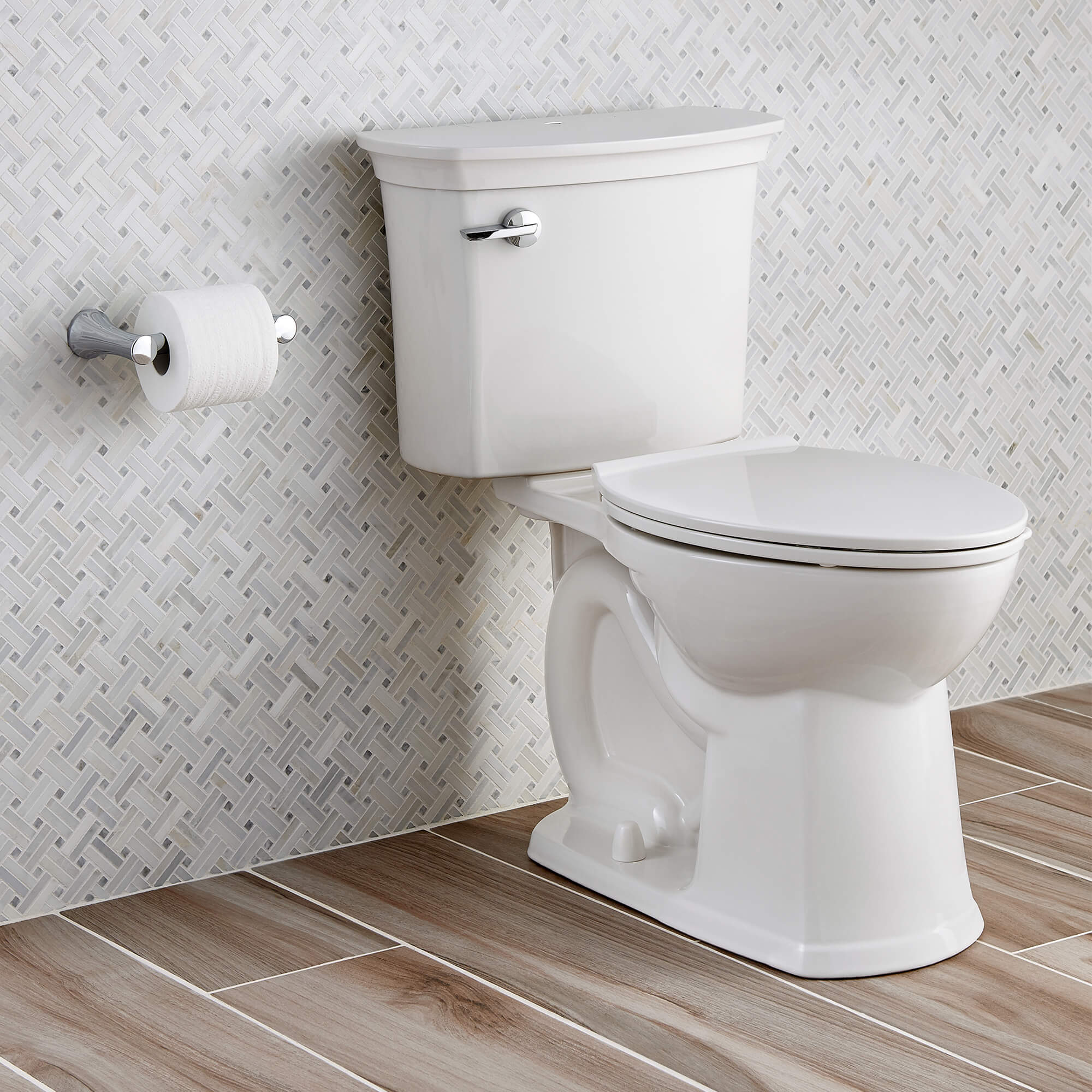
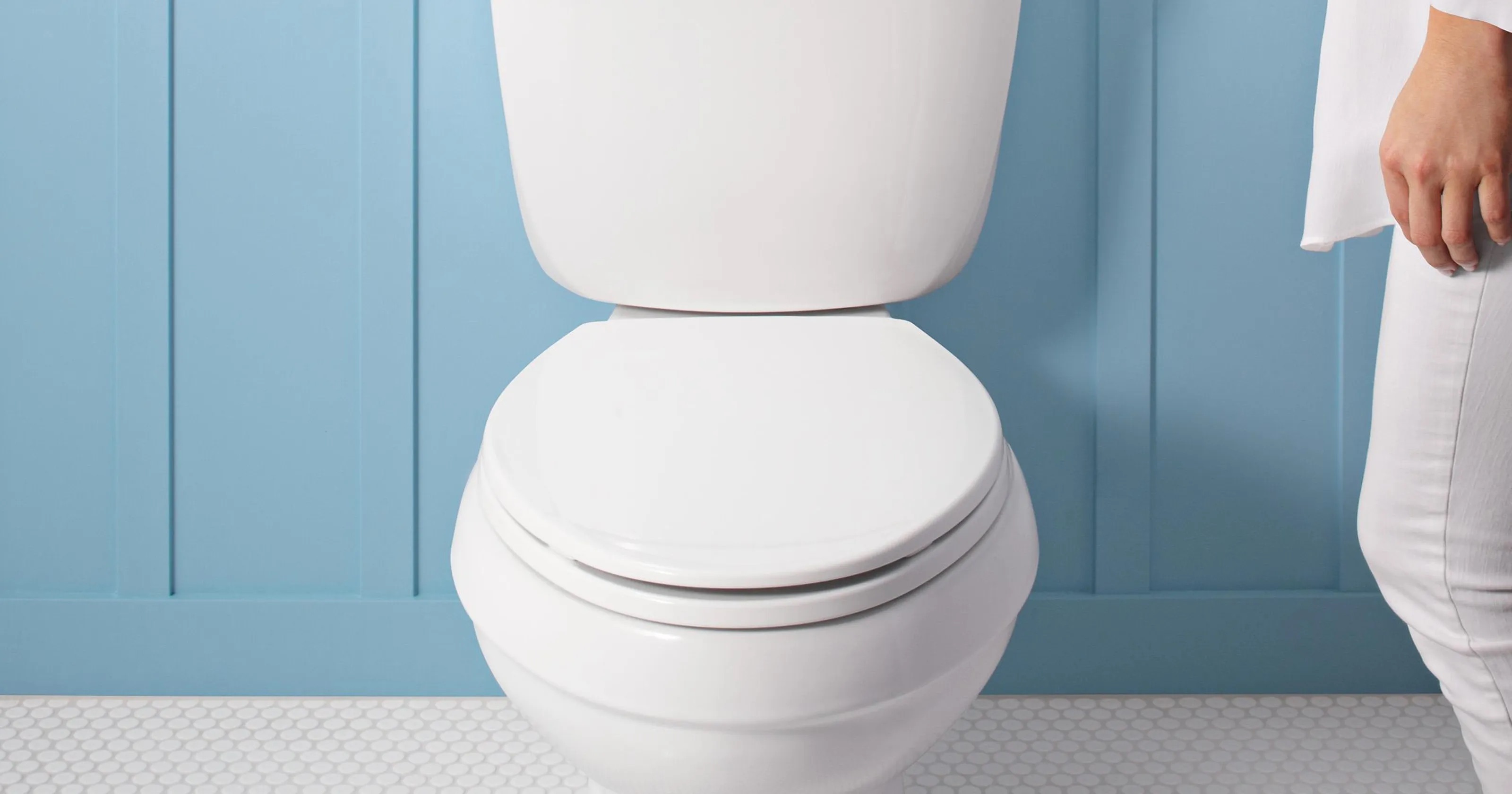
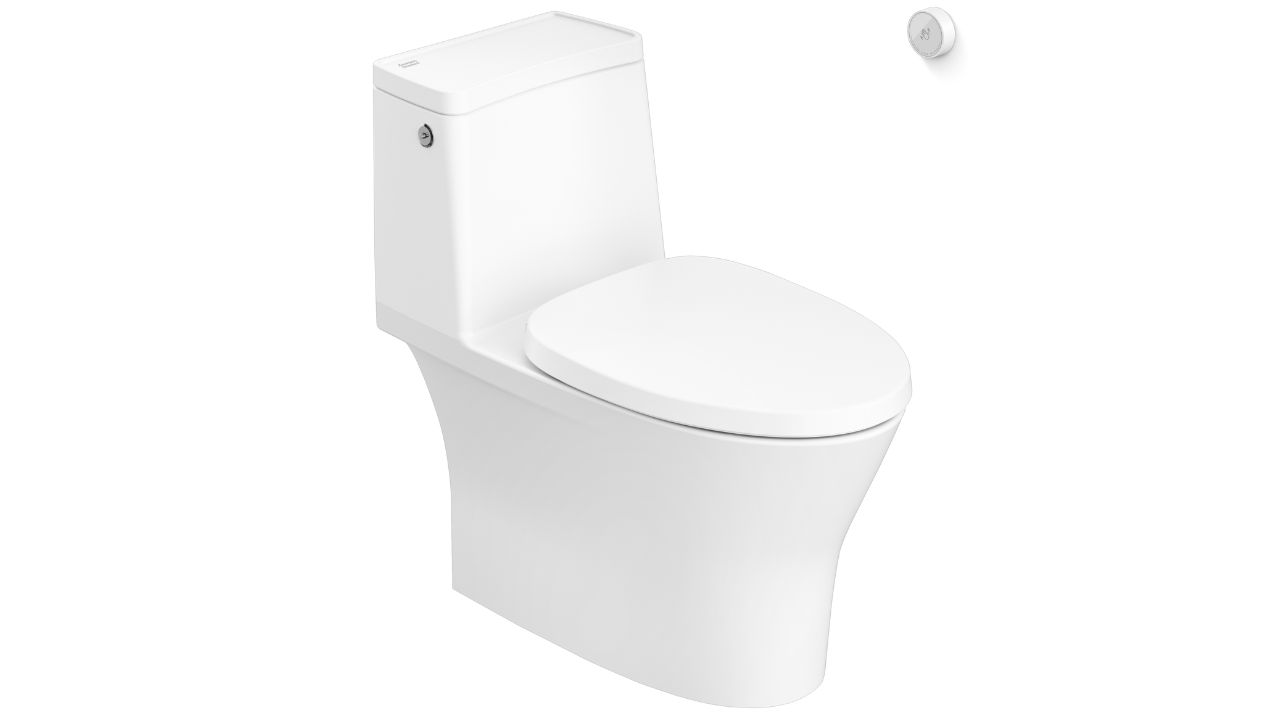
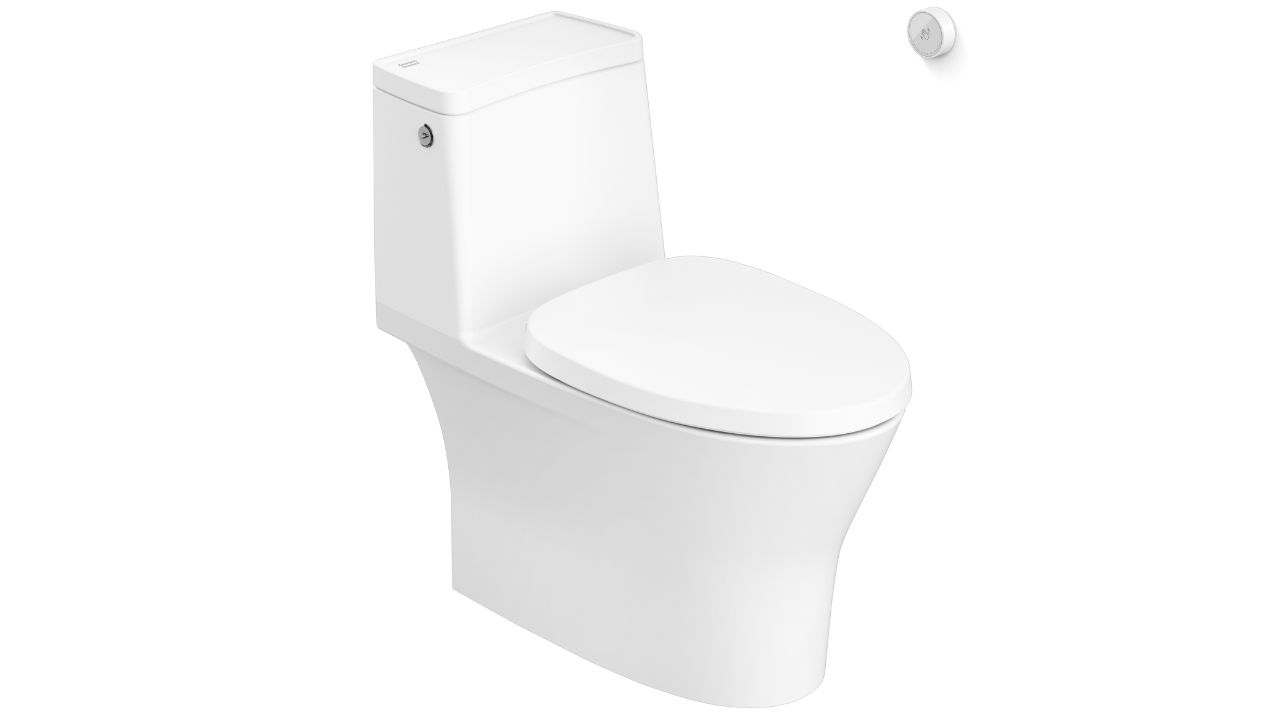
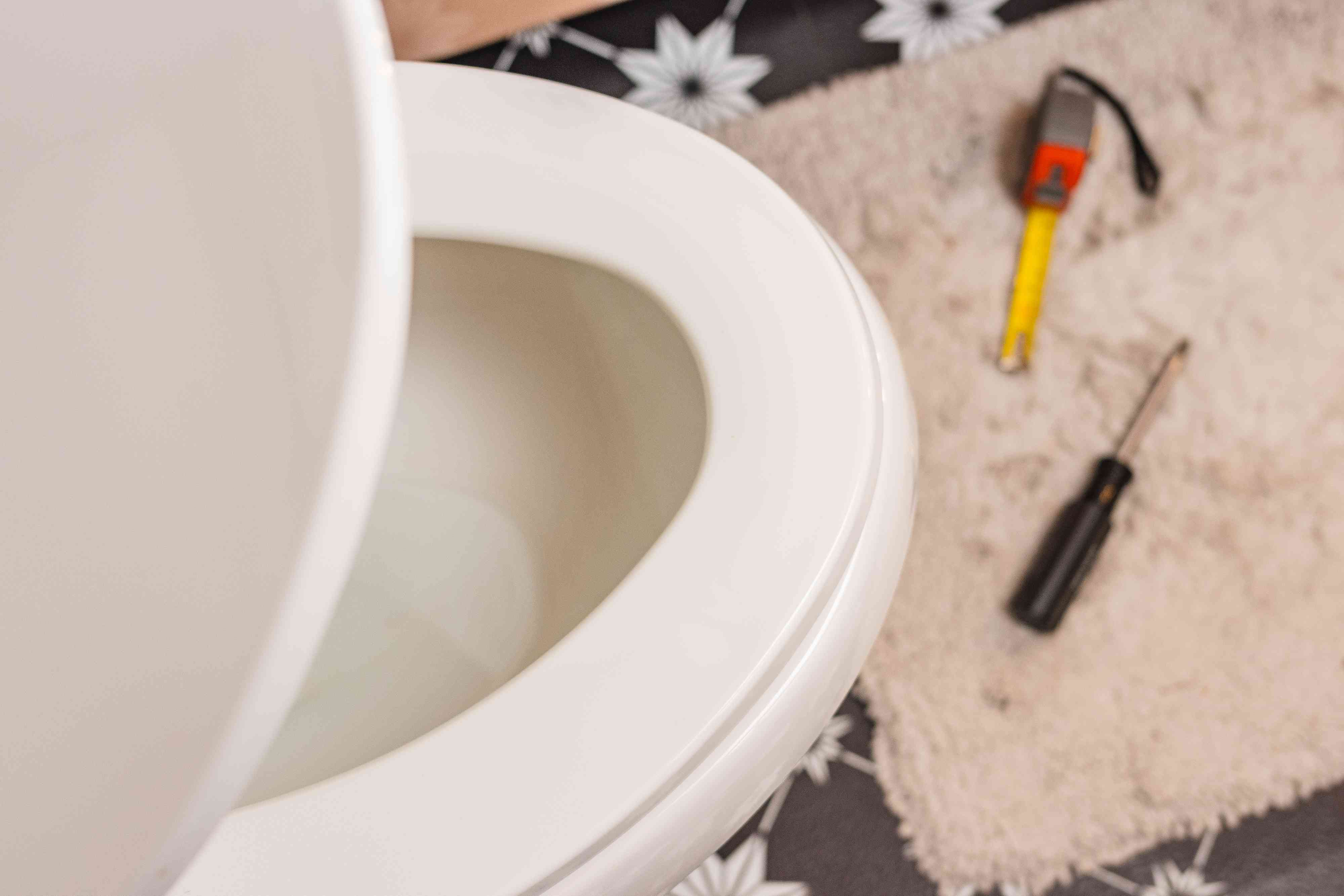
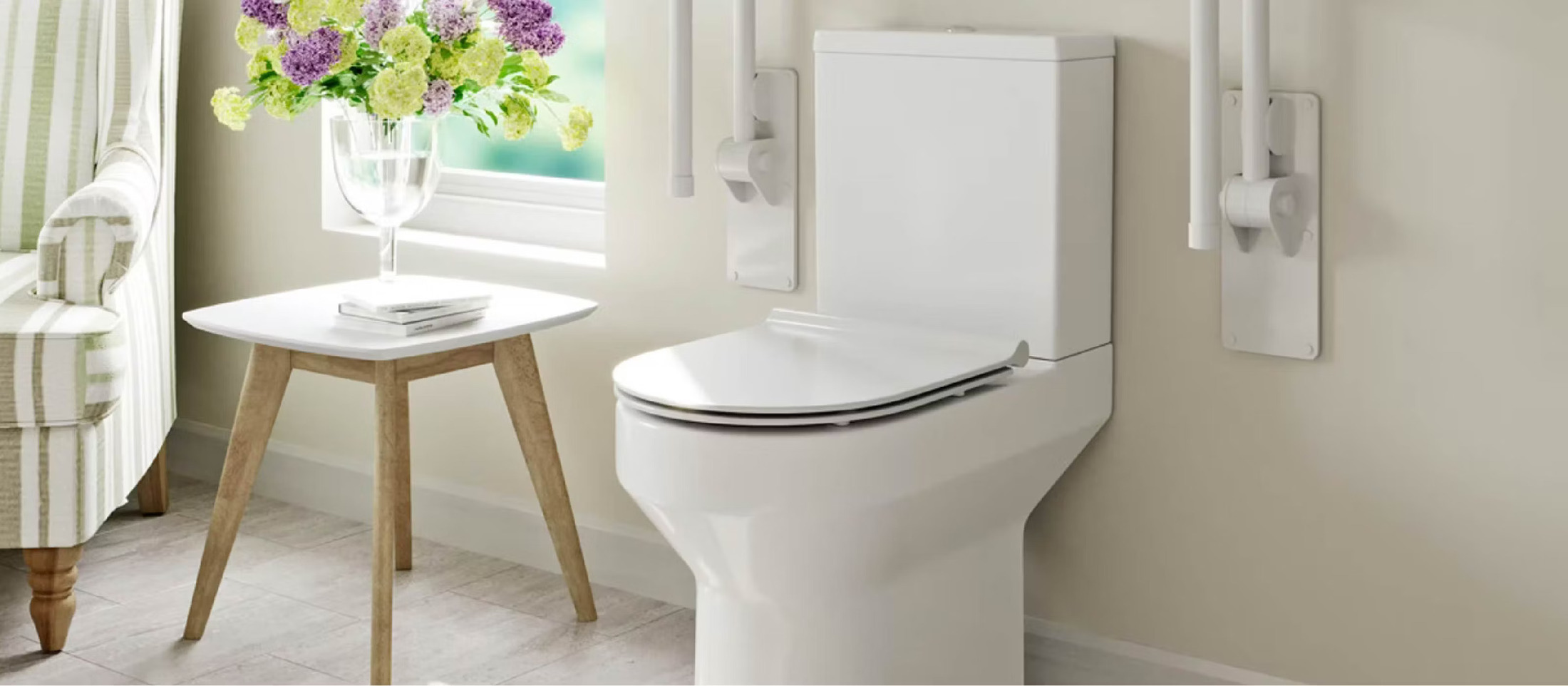
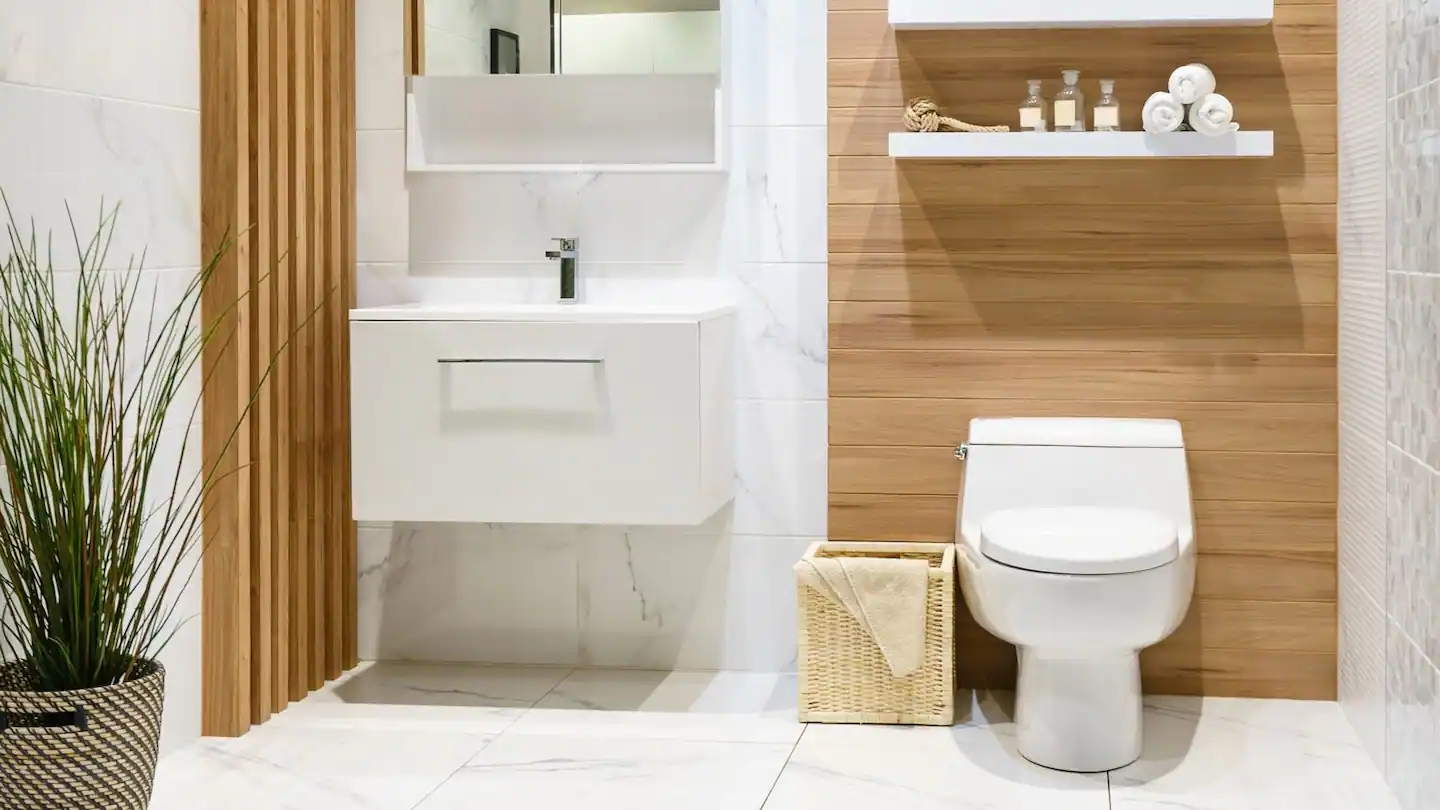
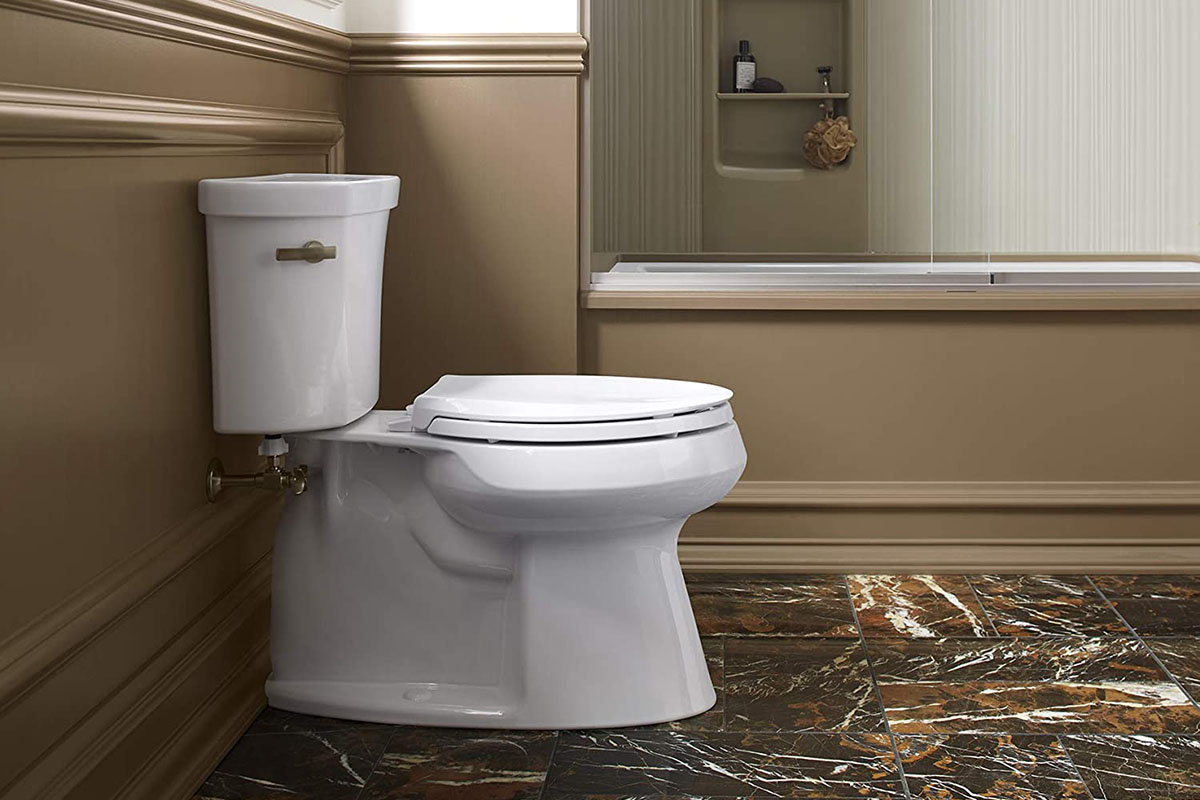
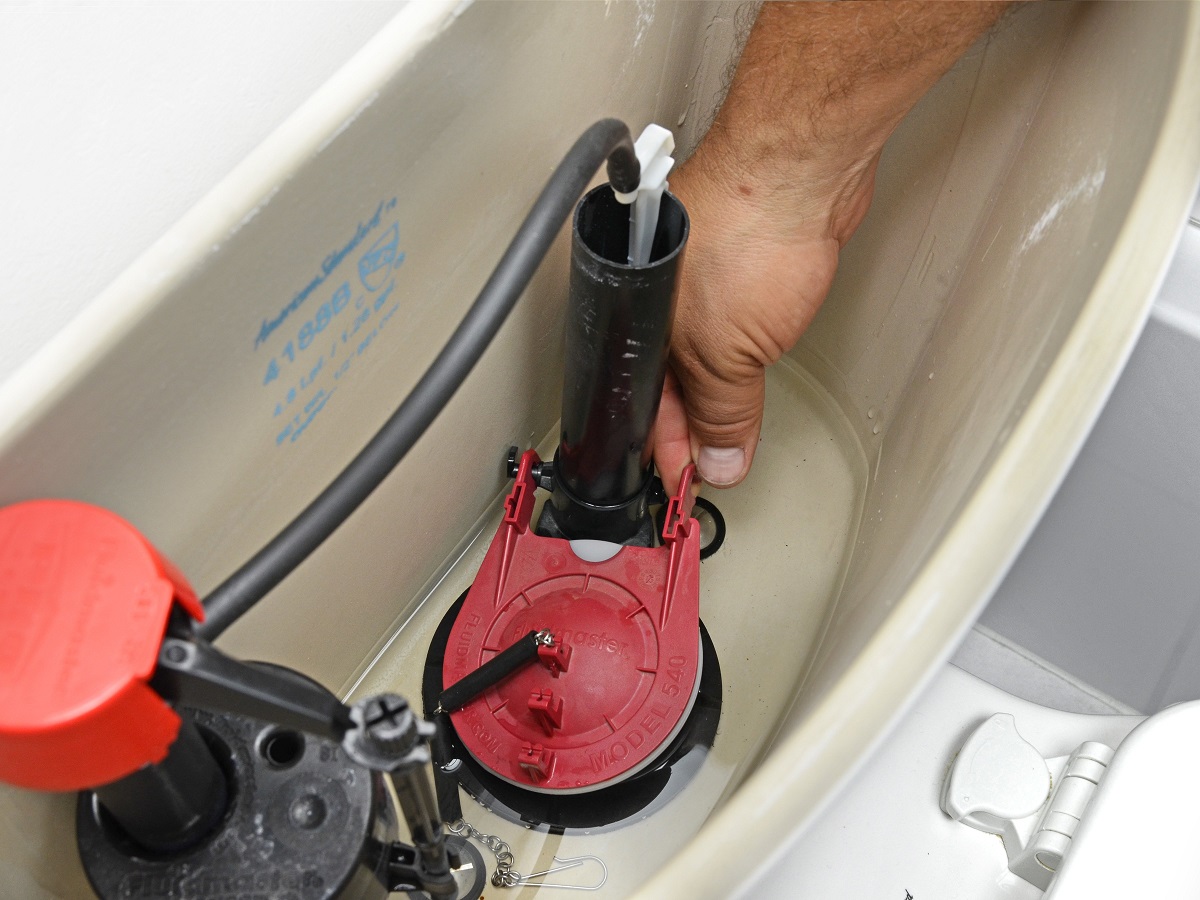
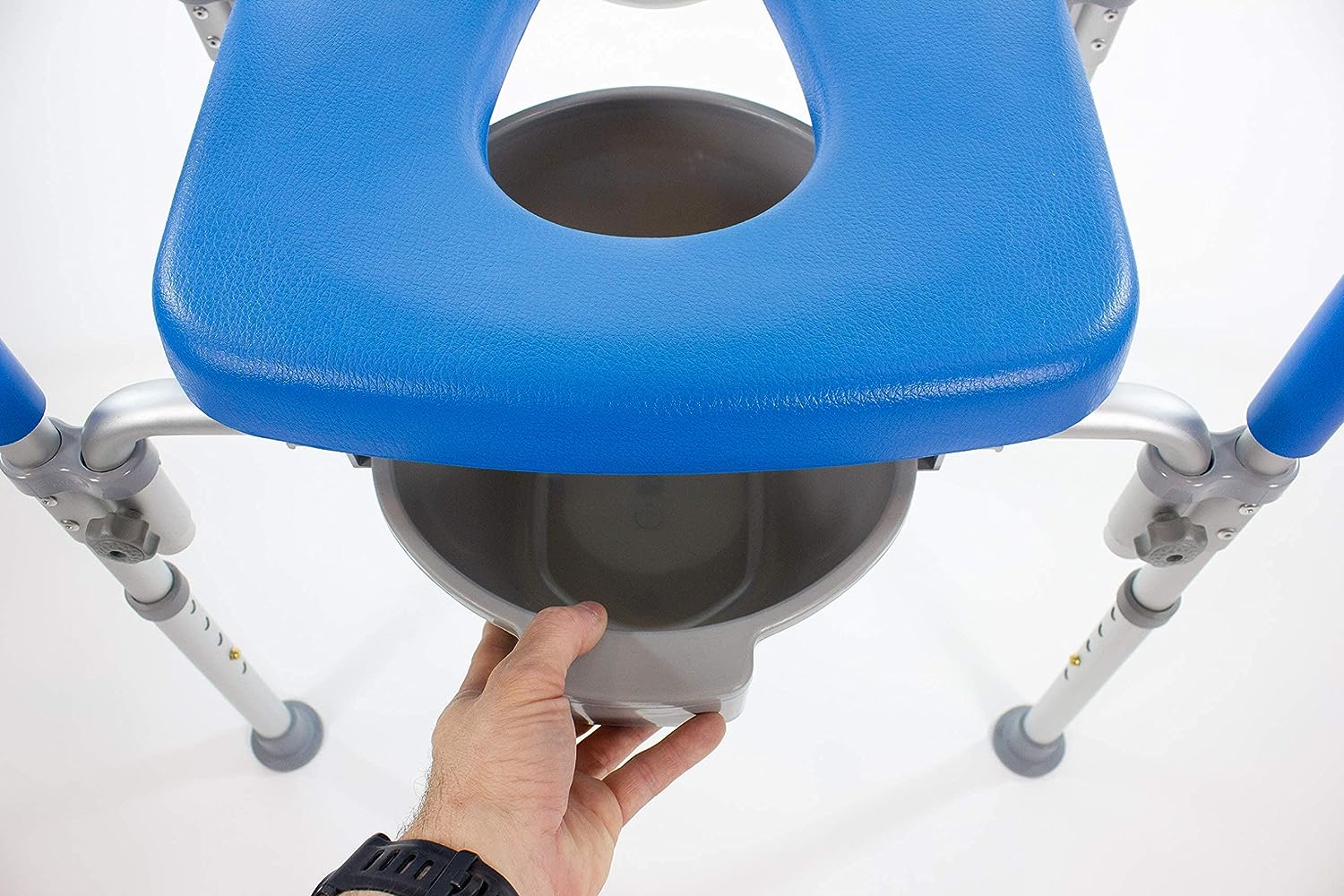
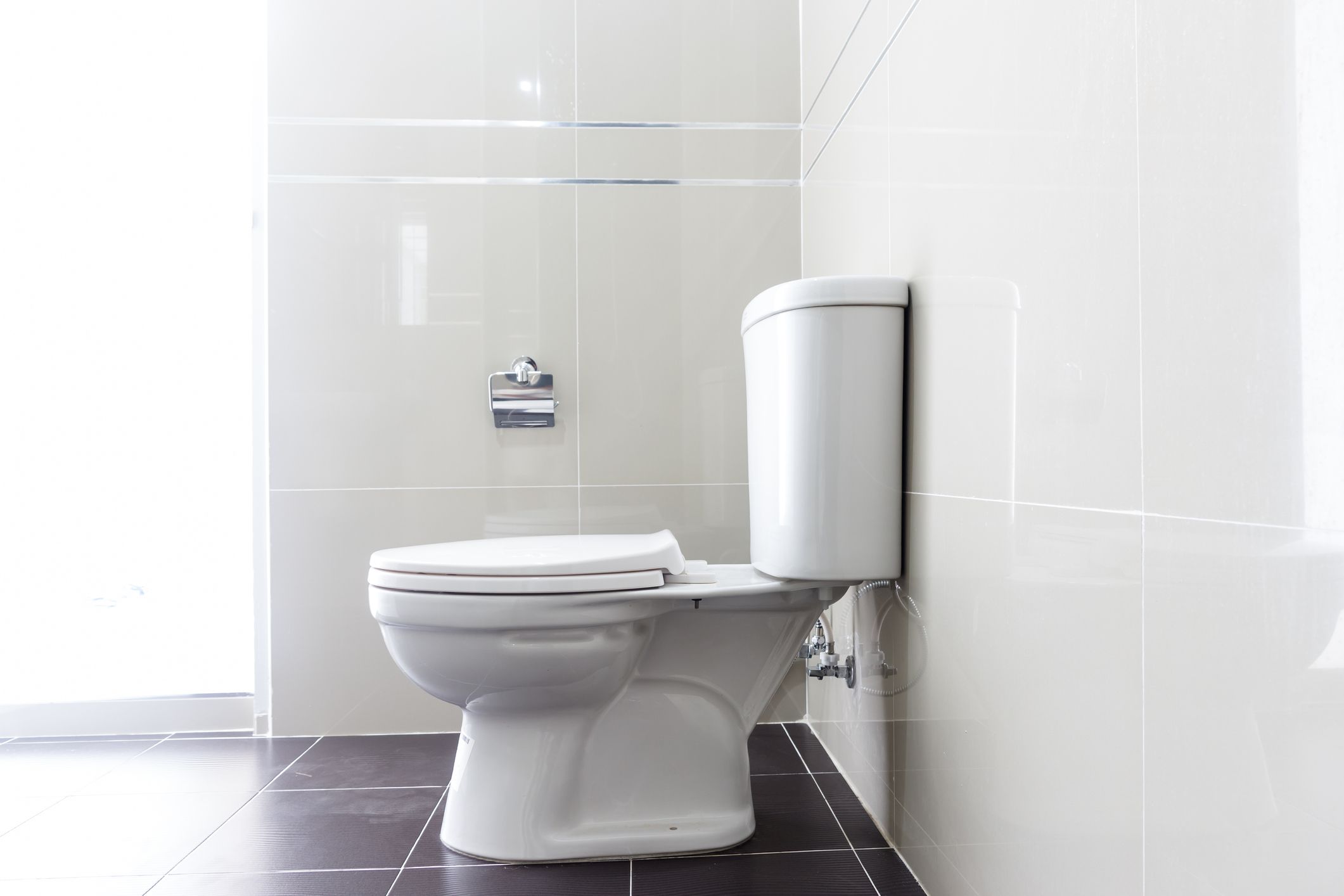
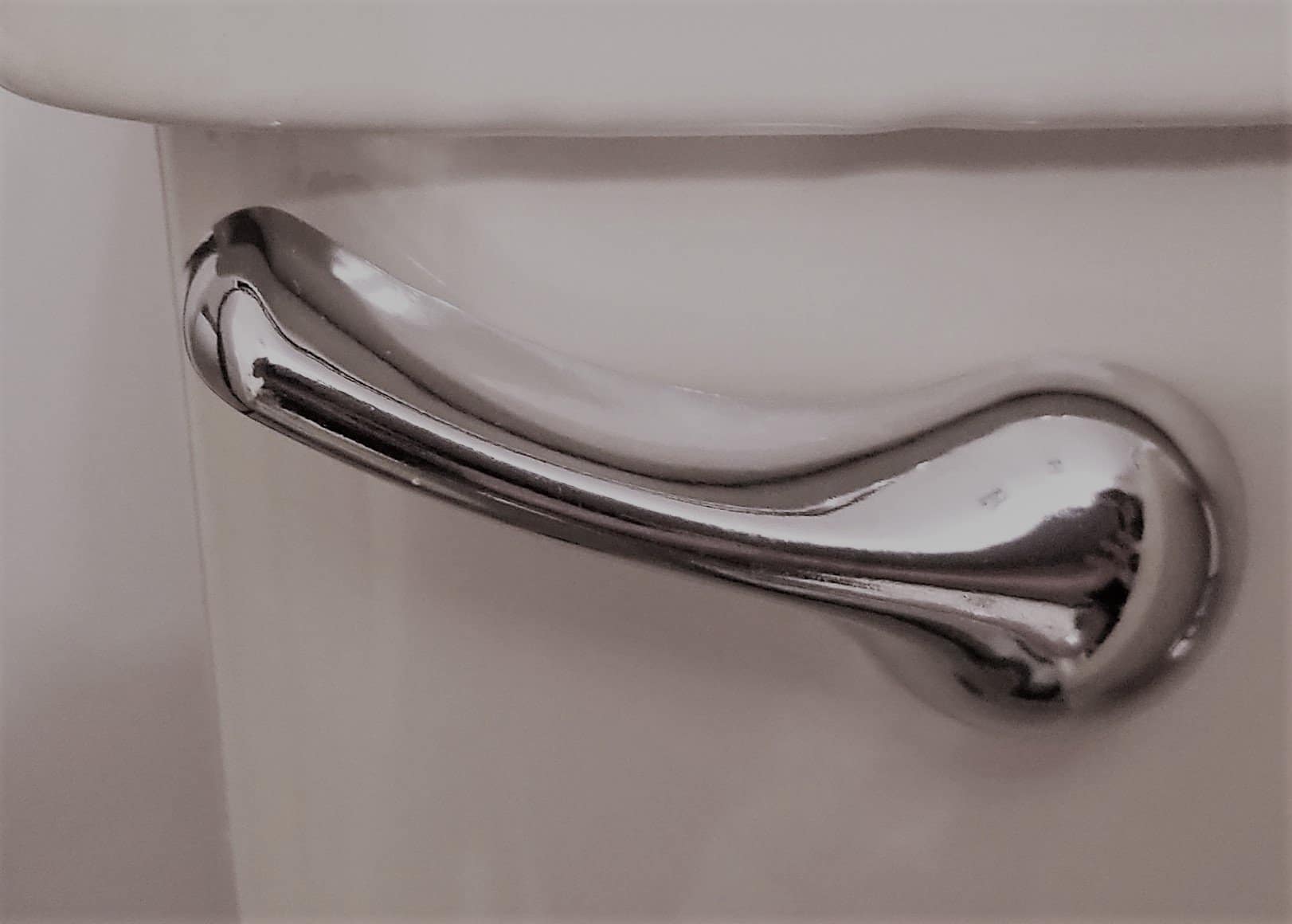

0 thoughts on “How Wide Is A Standard Toilet”